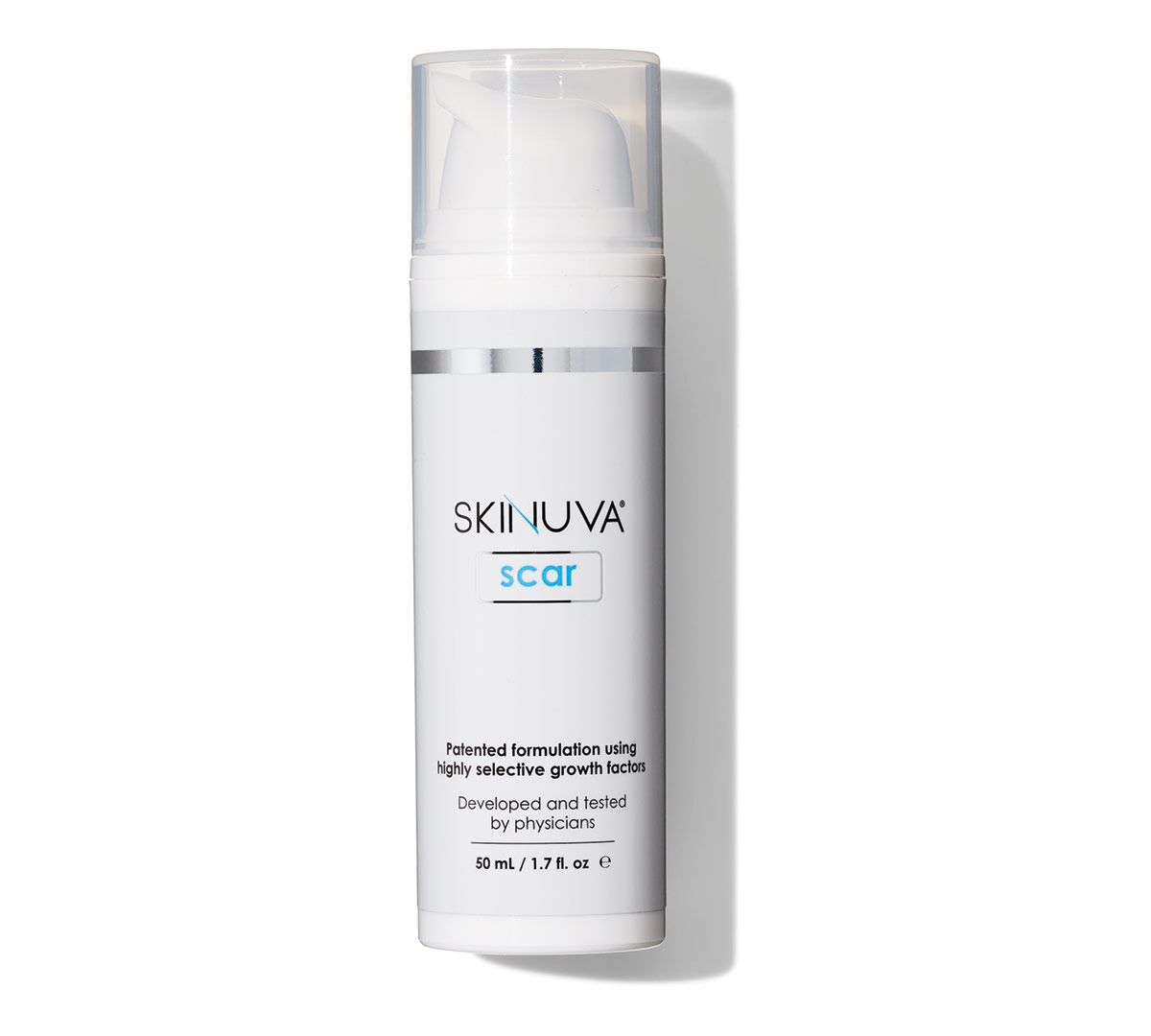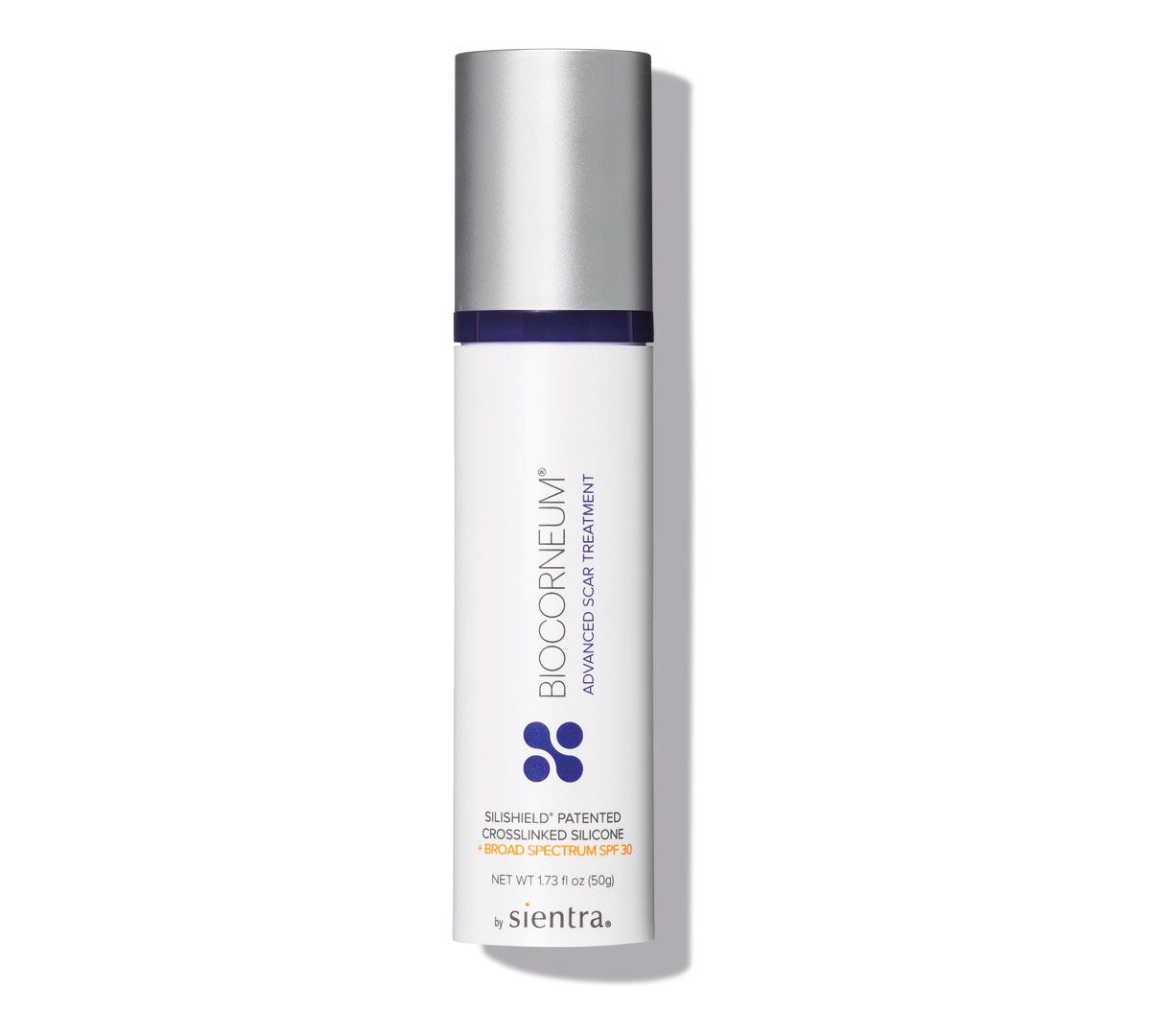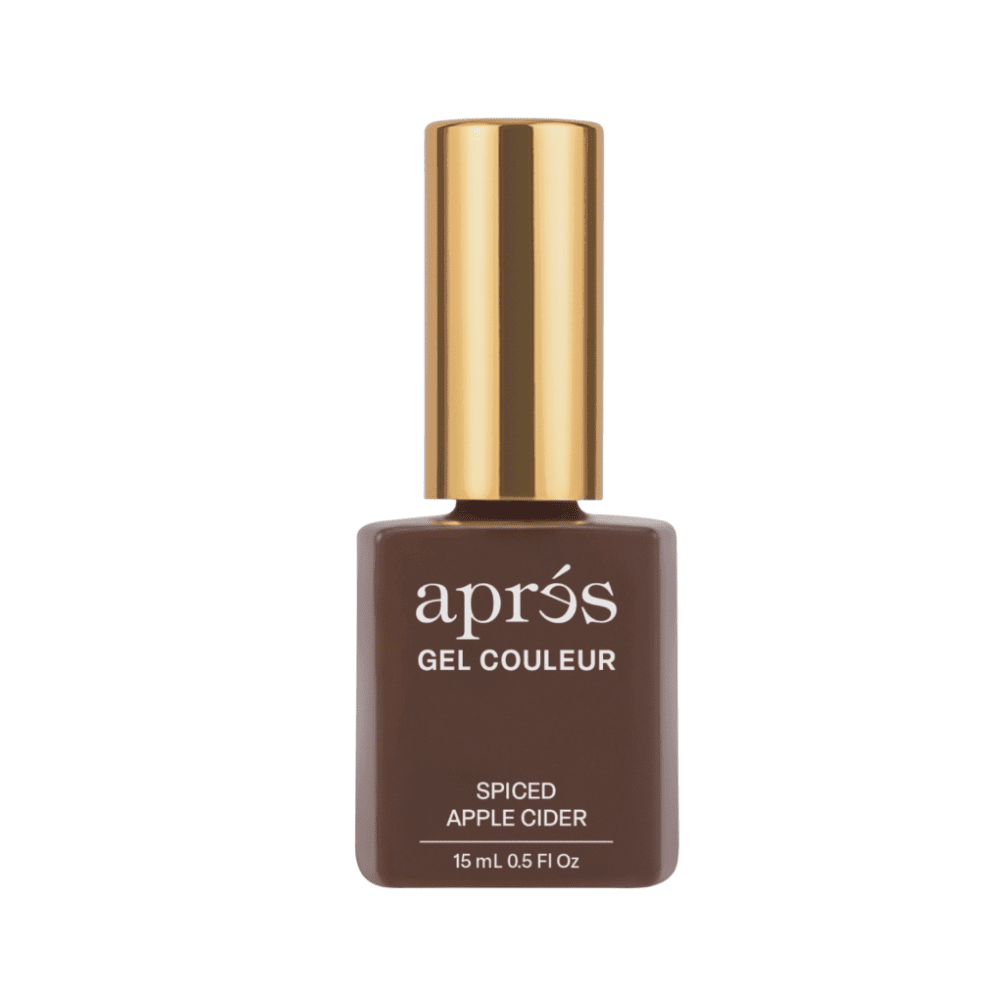Selecting the perfect scar product could make a giant distinction in how properly pores and skin is ready to heal and the way successfully scars fade, however is there any particular distinction in terms of scars on breasts? We spoke with two board-certified plastic surgeons to seek out out the perfect protocol for treating post-surgical breast scars of all types.
Featured Consultants Totally different Sorts of Breast Surgical procedure Scars
Relying on the breast process carried out, there are a number of incision choices. The most typical are usually inframammary, or beneath the breast, periareolar (across the nipple) and transaxillary (beneath the armpit; used primarily for implants). Then there are variations to the above, comparable to a “lollipop” incision that mixes periareolar with a vertical incision down the breast (usually used throughout a breast raise and breast discount), and the “anchor” incision, or a mixture of lollipop and inframammary incisions. All might want to shut and heal, and can unavoidably lead to scarring. Right here’s how you can decrease simply how noticeable these scars might be.
When to Begin Scar Remedy
Instantly after surgical procedure, the primary type of scar therapy might be medical-grade paper tape over the incisions for about two weeks, explains Encino, CA plastic surgeon George Sanders, MD. Your surgeon might also use a “temporary external support like plastic skin clips to reduce tension and yield better scars,” says Dr. Sanders. In the course of the first preliminary weeks, “gentle cleansing and dryness are key,” provides New York plastic surgeon Mokhtar Asaadi, MD.
Two or three weeks post-op—or “once incisions are fully closed, dry, and free of scabs,” says Dr. Asaadi—it’s time to begin your scar remedy.
What to Look For in a Scar Product
“Medical-grade silicone is the gold standard,” says Dr. Assadi. “Silicone gels and sheets hydrate the scar, reduce collagen overgrowth, and help flatten, soften, and lighten the incision.” Dr. Sanders agrees: “Using a silicone-based scar gel, or silicone sheets, for approximately three months can further improve scar flattening.” As for added components to help therapeutic, Dr. Asaadi recommends searching for centella asiatica, panthenol, niacinamide, and hyaluronic acid to “help calm inflammation and encourage healthy collagen remodeling.”
When to Anticipate Scars to Lighten and Fade
In a world the place social media makes time appear to exist solely in 90 second reels, it’s necessary to level-set expectations on post-surgical scar therapeutic. “Most patients start noticing early improvements—softening and a reduction in redness—around six to eight weeks. The most significant changes occur between three to six months, with final maturation at about one year,” explains Dr. Asaadi. Merely put: count on to make use of silicone-based scar remedy constantly for 3 to 6 months, and as much as 12 months if you’re liable to thicker or pigmented scars. If inside that time-frame scars proceed to thicken, steroid injections or laser therapies will be mentioned together with your surgeon, says. Dr. Sanders to “expedite this process for patients who desire a more rapid improvement.”
Components to Keep away from Round Breast Scars
Sure merchandise and components can irritate the pores and skin, delay redness, or set off pigmentation round breast scars. Dr. Sanders warns, “Non-medical-grade tapes may cause tape burn or pull on the incision, potentially widening the scar.” Dr. Asaadi cautions in opposition to utilizing any merchandise with robust exfoliants (AHAs/BHAs), retinoids, and any fragranced or important oil–primarily based merchandise round incisions. Dr. Sanders provides alcohol-containing astringents to that checklist, plus scrubs and exfoliants that may trigger “micro-trauma and worsen scarring.” Lastly, at-home lasers or gadgets ought to solely be used together with your surgeon’s approval.
Plastic Surgeon-Advisable Scar Lotions for Breasts
1 / 5
Each Dr . Sanders and Dr. Asaadi suggest Biocorneum’s scar therapy for its medical-grade silicone and the inclusion of SPF 30—a important piece for stopping scar pigmentation—particularly on the breast the place UV publicity is widespread, says Dr. Asaadi. “[Biocorneum] forms a breathable, protective silicone shield that flattens and refines scars exceptionally well,” he provides.
2 / 5
“Silagen offers high-quality silicone in both gel and sheet formats, creating an optimal healing environment that supports collagen regulation and improves scar texture over time,” says Dr. Assadi. “It’s particularly effective for longer incisions such as the lollipop and inframammary fold.”

3 / 5
“This botanical-enhanced formula (with centella asiatica) helps reduce redness and supports a smoother healing process. I often pair it with silicone therapy for patients needing additional soothing, especially early in recovery,” says Dr. Asaadi.

4 / 5
Seize a roll of Steri-Strips of your personal from any drugstore to help the preliminary therapeutic by stopping widening of the incisions.

5 / 5
Advisable by New York plastic surgeon Dr. Tracy Pfeifer, Skinuva Scar is a silicone-based cream that additionally consists of highly-selective progress components to a components that already consists of hyaluronic acid, aloe, centella asiatica and vitamin C.








